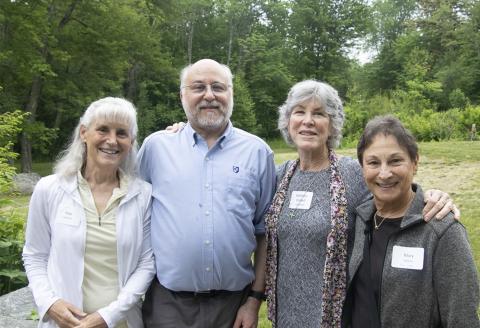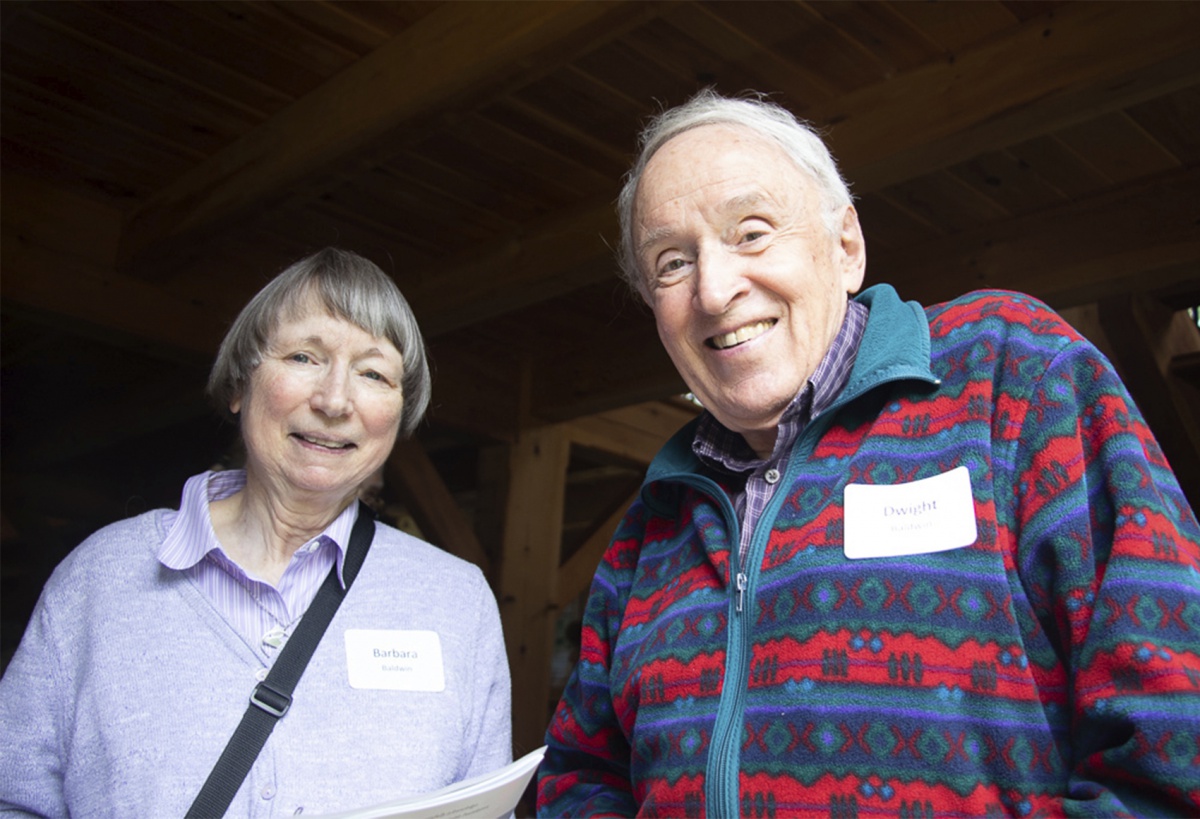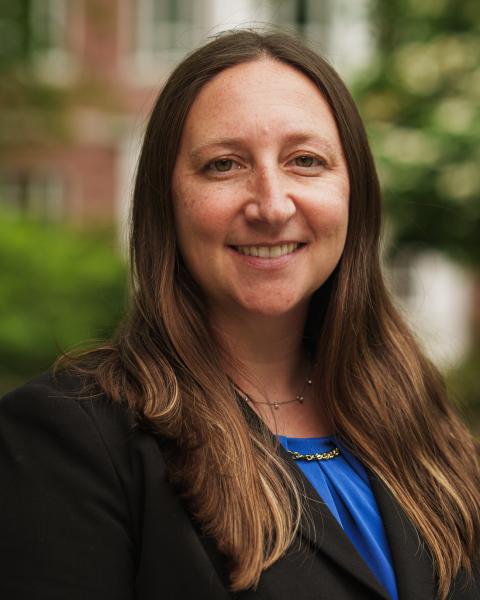Lakes Lay Monitoring Program Celebrates 40 Years of Research

The New Hampshire Lakes Lay Monitoring Program (LLMP) has been helping seasonal and year-round residents monitor local water resources for 40 years. Extension staff and volunteers celebrated this milestone at a conference held at the Squam Lakes Association in Holderness in June.
The program is a joint effort between Extension and UNH College of Life Sciences and Agriculture professors and students to collect water quality measurements on lakes, ponds and stream inlets. Participants are typically members of a local conservation commission, or road, lake or watershed association.
Kathlene Crowell Steinmuller began volunteering for the program back in the 1983 when her husband Stephen served as president of the Bow Lake Camp Owners Association. “It helps me know and love the lake. I feel very connected,” she said.
Crowell Steinmuller attended the LLMP conference with fellow Bow Lake volunteers Mary Velluto and Kipp Freeman. “We go out every two weeks to two specific spots on the lake, drop an anchor and sit there for an hour. We measure temperature and dissolved oxygen by half meter until we get to the bottom. It helps us identify the thermocline,” she said, referring to a transitional layer of water in lakes that separates the mixed layer at the surface and calmer deep water. They collect samples at these spots as well as at various sites in shallow water near the shoreline.
Although Crowell Steinmuller winters in Charleston, South Carolina, she has noticed an increase in the number of year-round cottages on Bow Lake. “Development is changing the character of the lake. We’d like people to be more concerned about the changing patterns. Community outreach is so important.”
LLMP empowers citizens by providing training and resources. Durham residents Dwight Baldwin and his wife Barbara have canoed on Chocorua Lake every summer since 2000 to collect and analyze samples. “It’s a good reason to get out on the water and feel that we’re doing something worthwhile,” he said.

The 40th anniversary conference allowed LLMP founding members Alan Baker, Ph.D., and James Haney, Ph.D., to reflect on the program’s origins while looking ahead to the future. Professor Jeffrey Schloss, program leader for Extension’s Natural Resources, discussed several accomplishments over four decades, including volunteer monitoring of 117 lakes and more than 430 sites. Through research and outreach the LLMP has improved landscaping practices, protected sensitive lake and wetland areas, and prevented poorly designed development projects.
In addition to a panel discussion and poster presentations, volunteers learned about aquatic plants and toured the CyanoMobile, a mobile laboratory used by Hilary Snook of the Environmental Protection Agency to monitor cyanobacteria (sometimes referred to as blue-green algae). Volunteers also had the opportunity to provide feedback about water quality reports produced by Extension staff. These reports include data on water clarity, chlorophyll a, total phosphorous, dissolved oxygen and other key indicators of environmental health.

UNH Vice Provost of Outreach and Engagement and Director of Cooperative Extension Ken La Valley addressed the crowd and highlighted the importance of citizen science to the state. He then read a commendation from Governor Sununu recognizing LLMP’s achievements. The commendation noted, “New Hampshire’s magnificent lakes are a natural resource of infinite value, serving as: water suppliers; habitat for aquatic and terrestrial wildlife; and a vital source of recreation, inspiration and pleasure.” It continued with an acknowledgement of the participants who “have performed a great service to their communities by providing the information required for informed decision-making and management on a local level.”
Interested in monitoring a lake?
Top photo, left to right: Kipp Freeman, Jeffrey Schloss, Kathlene Crowell Steinmuller and Mary Velluto.
Related Resource(s)

